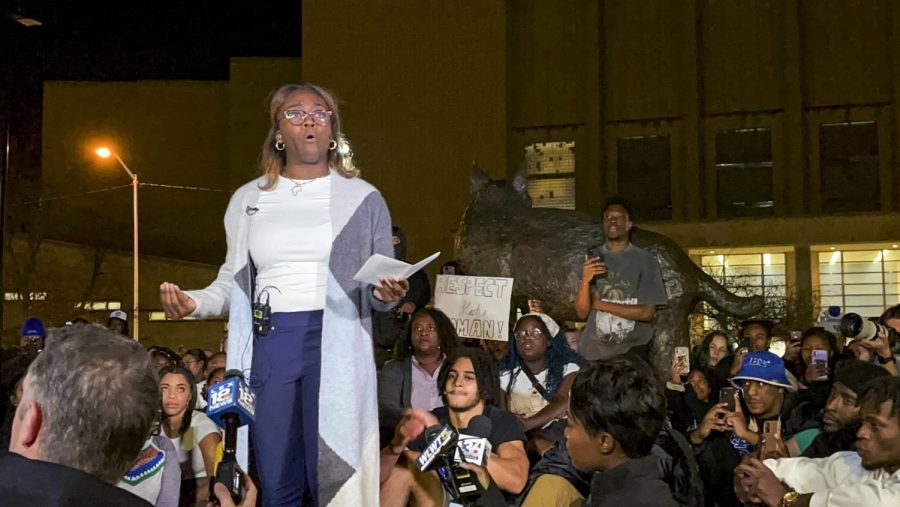The Climb in Collegiate Racism
In early November, the internet was set abuzz by a viral video of white University of Kentucky student, Sophia Rosing, both verbally and physically assaulting her peer, Kylah Spring, who was working as a desk clerk at the time. In a racially charged rampage that continues for 10 minutes, Ms. Rosing spews slurs at Ms. Spring over 200 times, all while attempting to hit, kick, and scratch her. The footage is nothing short of sickening.
Later that night, the drunken bigot was arrested for charges of public intoxication, assault of a police officer, and disorderly conduct. In the following days, she faced heavy social damnation, lost her job, and was banned from the University of Kentucky’s campus. While Ms. Rosing has yet to conjure the dignity to apologize to Ms. Spring, she has taken to the internet to deliver one of the worst non-apologies I have seen in a while, victimizing herself with an “it was literally my senior year” and an “I lost everything” mantra.
Her lawyer team has been equally busy, with attorney Fred Peters announcing that he is “getting her into some kind of treatment program and sensitivity program to help her through this situation.” The fact that there exists rehabilitation programs for racists will never fail to blow my mind. Is the brain of a drug addict, hard-wired to only feel happiness when shooting heroin, comparable to that of Sophia Rosing? Is she addicted to spewing slurs and attacking black women? What cure exists for pure, unadulterated bigotry?
Such a collegiate racial incident is no isolated occurrence. In the past two months alone, several cars and signs at Grinnell College were defaced with racial slurs and mentions of the KKK. University of Missouri student Meg Miller expressed her delight at the death of four black men in the University of Virginia shooting. A Michigan State hockey player was the target of several racial slurs from an Ohio State competitor. In all of these attacks, appropriate action was not taken.
Despite racism in higher education clearly increasing, such institutes have not taken steps towards making progress in diversity, equity, and inclusion. For example, Penn State is distancing itself from its former efforts, canceling a planned Center for Racial Justice and failing to produce diversity proposals. And as the Supreme Court’s conservative majority prepares itself to abolish affirmative action, we take a monstrous step backwards.
In the fifteen years since the University of Michigan and University of California systems were barred from using affirmative action policies, enrollment of underrepresented minorities has been abysmal. Only 4% of current Sophomores at the University of Michigan, Ann Arbor are Black, despite a specialized office in Detroit existing solely for the purpose of recruiting Black students. At the University of California, Berkeley, this year’s incoming Freshman class of 6,750 included only 229 Black students and 4 Pacific Islanders. These statistics demonstrate a horrifying underrepresentation that could very soon become a reality nationwide.
Hundreds have already descended upon the nation’s capital to rally for, and against, affirmative action in college admissions. While the impact of the system on Asian American students is a disputed topic, and rightfully so, eliminating affirmative action entirely has been proven to detriment Black students, and with the recent uptick of collegiate racism, this is not a trend we can afford.

Arielle is an IB Senior who is very excited for her fourth and final year with The Banner. Outside of The Banner, you can find her telling unfunny jokes...



